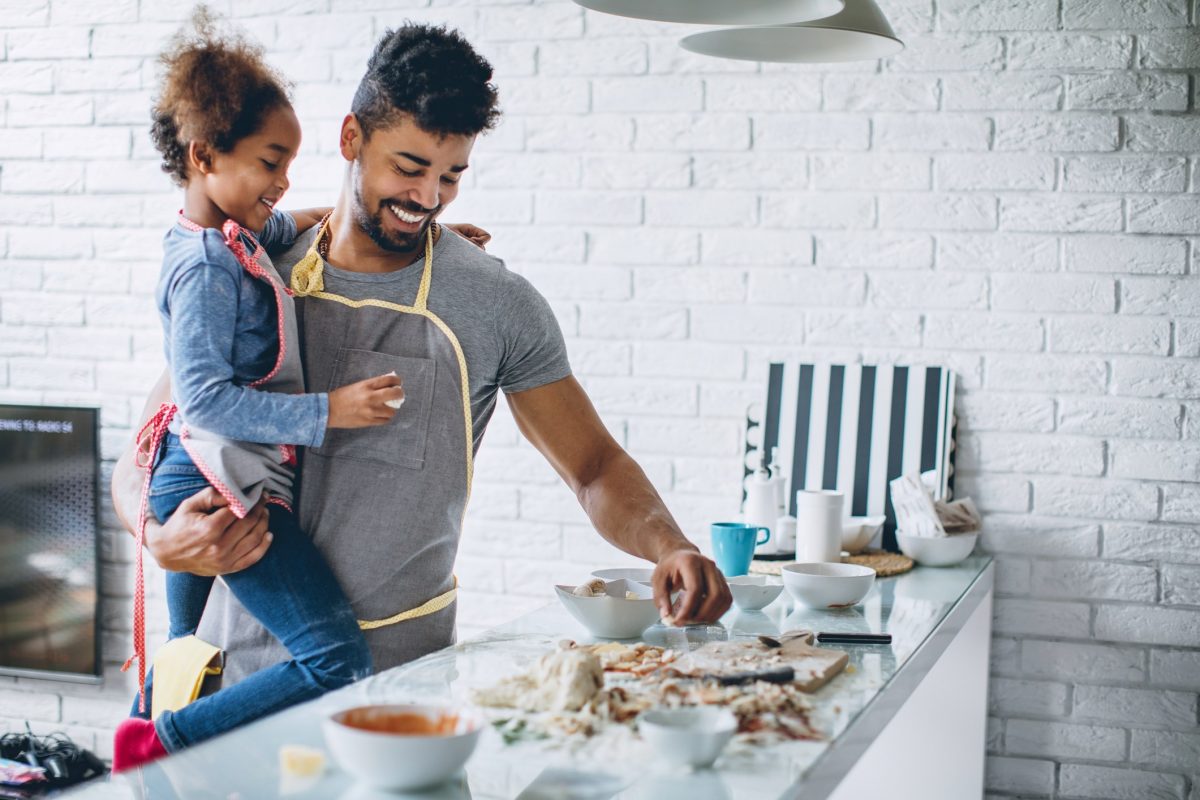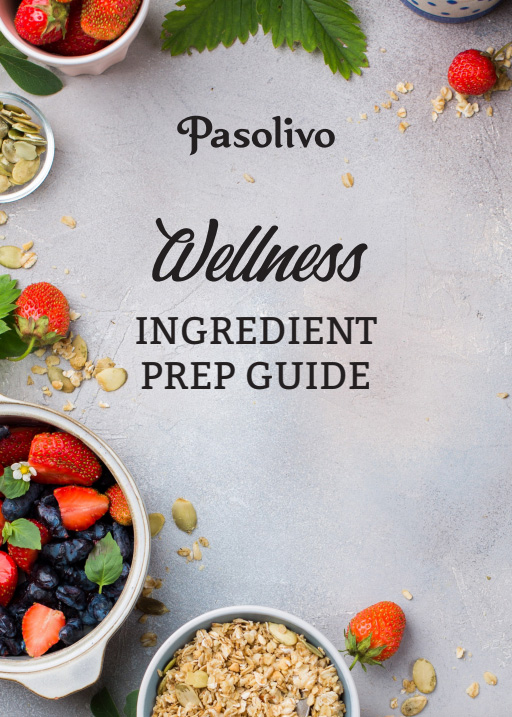Studies show that children who help with cooking and meal preparation go on to lead healthier lives and consume more fruits and vegetables than kids who do not.
Cooking with your children is a romantic ideal conjuring up images of smiling children with their hands in a pristine bowl of baking dough. In reality, it’s often kitchen floors covered in unrecognizable goo, hand mixer mishaps, and high blood pressure.
Here are a 5 cooking habits that will make the culinary experiences with your child more enjoyable with effects that ripple long after the memory fades.
Engage with Your Child at the Grocery Store
The earliest and often the best places to start a love of cooking and good food is at the grocery store.
Even one way conversations about what makes one bundle of tomatoes more desirable than another, how delicious properly cooked asparagus is, or having them help to decide whether to have chicken or pork on Wednesday all sets the stage for them making the same decisions for themselves later in life.
Find the Time to Take the Time
If your families are anything like ours, the hurdles to having your children cook with you often start and end with our hectic schedules.
A busy evening where dinner is being squeezed in between homework, soccer, and dance lessons is probably not the best time to teach your 10 year old the difference between crushed and minced garlic. Instead, try setting one night a week that the entire family cooks dinner together and use that time to cook and reinforce new skills and knowledge.
Teach Kids The Tools of the Culinary Trade
A significant obstacle to learning to do anything is being intimidated by the tools that it takes to be successful. No one is going to build a house if someone doesn’t teach them to operate a circular saw. The kitchen has its own tools.
Take the time to teach kids how to use the hand mixer. Teach the difference between the oven and the broiler. Kids as young as 6 or 7 are old enough to begin using proper knife skills. Things like terminology, measurement conversion, and choosing the right pots and pans are all basic knowledge that has to be taught in order for them to feel comfortable doing it for themselves later.
Focus on a Signature Dish
This is our favorite tip because it’s so much fun for everyone involved. Is there anything better than being known for a particular dish and asked to bring it to every party?
Give your kids the same ownership. Teach them how to make an omelette, loaded nachos, or cheeseburgers. The dish itself doesn’t matter other than it should be something they love themselves and have fun making. Help them to perfect the dish to the point where they can do it without supervision. Once they own it, encourage them to experiment with new flavors and ingredients, and then stand back and watch the magic and creativity they’re capable of.
Give Them the Chance to Shine
Lastly, it is important that your kids feel acknowledged for their culinary successes.
As they feel more comfortable around the kitchen, give them complete ownership over some part of the meal. Maybe it’s the dessert course or just the garlic potatoes. Whatever it is that they prepare, make sure to comment during the meal how delicious it is and some specific thing you like.
For example, “Seth, I really love how you were able to keep the outside of these roasted potatoes crispy while the insides are still perfectly cooked. How did you do that?” Giving them credit and the voice of a master chef will give them the confidence and positive associations to keep them coming back to the stove over and over again.
What About You?
How do you teach your children to love good food and the process of preparing it? Leave a few of your own tips in the comments section below or on our social media. Share this article and ask your friends and family for their tips and experiences. Make sure to tag us so that we can follow along.




0 thoughts on “5 Habits to Help Your Kids Love to Cook”